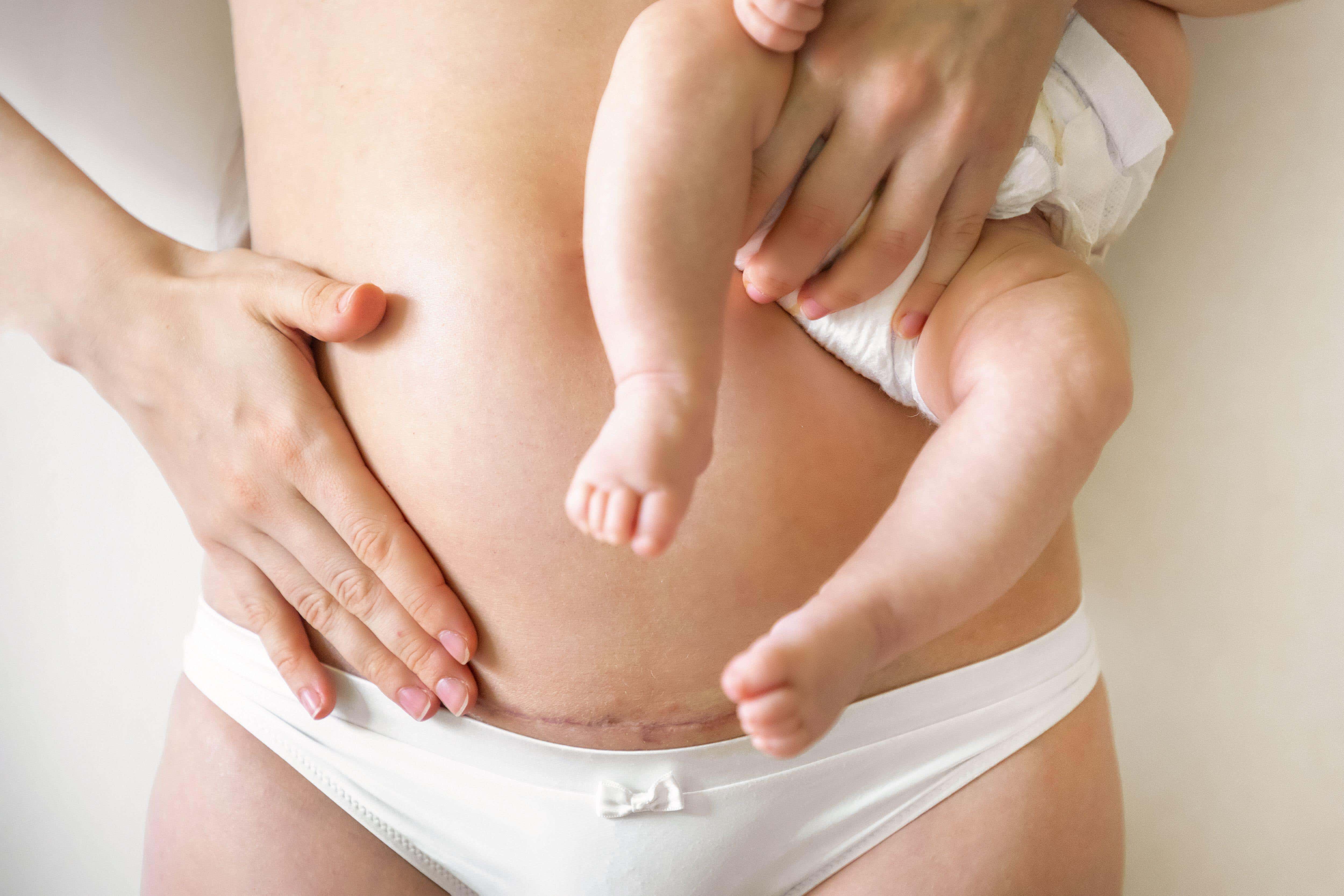5 myths and misconceptions about caesareans everyone needs to stop believing
Share:
Caesarean rates are on the rise, with one in four babies born in NHS hospitals in England last year delivered via either emergency or elective caesarean ops – also known as C-sections – data reveals. Of the 398,675 deliveries in England last year, where the method of onset of birth was known, 101,264 (25%) were caesareans – up from 23% in the previous 12 months and 13% a decade ago.
“Over the past decade, there has been a gradual national increase in the number of caesareans,” says Dr Ranee Thakar, president of the Royal College of Obstetricians and Gynaecologists (RCOG). “A major factor of this is the growing number of complex births. We are seeing national rising rates of obesity and people choosing to have children at a later state in their life, both of which can increase the chance of complications.”.
However, despite this increase in numbers, there are still many misconceptions surrounding caesareans. We asked experts to debunk some of the most common myths…. 1. C-sections are the ‘easy option’. “The phrase ‘too posh to push’ was (and probably still is) used, and there’s this perception that it’s the easy way out – which is absolutely not true,” says Miss Mez Aref-Adib, specialist consultant obstetrician and gynaecologist at London Gynaecology. “It’s definitely not easier – it’s major surgery. However, it can seem more predictable because you know the exact timing of when the baby will be born, which can provide some reassurance. It also reduces the unpredictability of labour and can make delivery quicker.”.






















